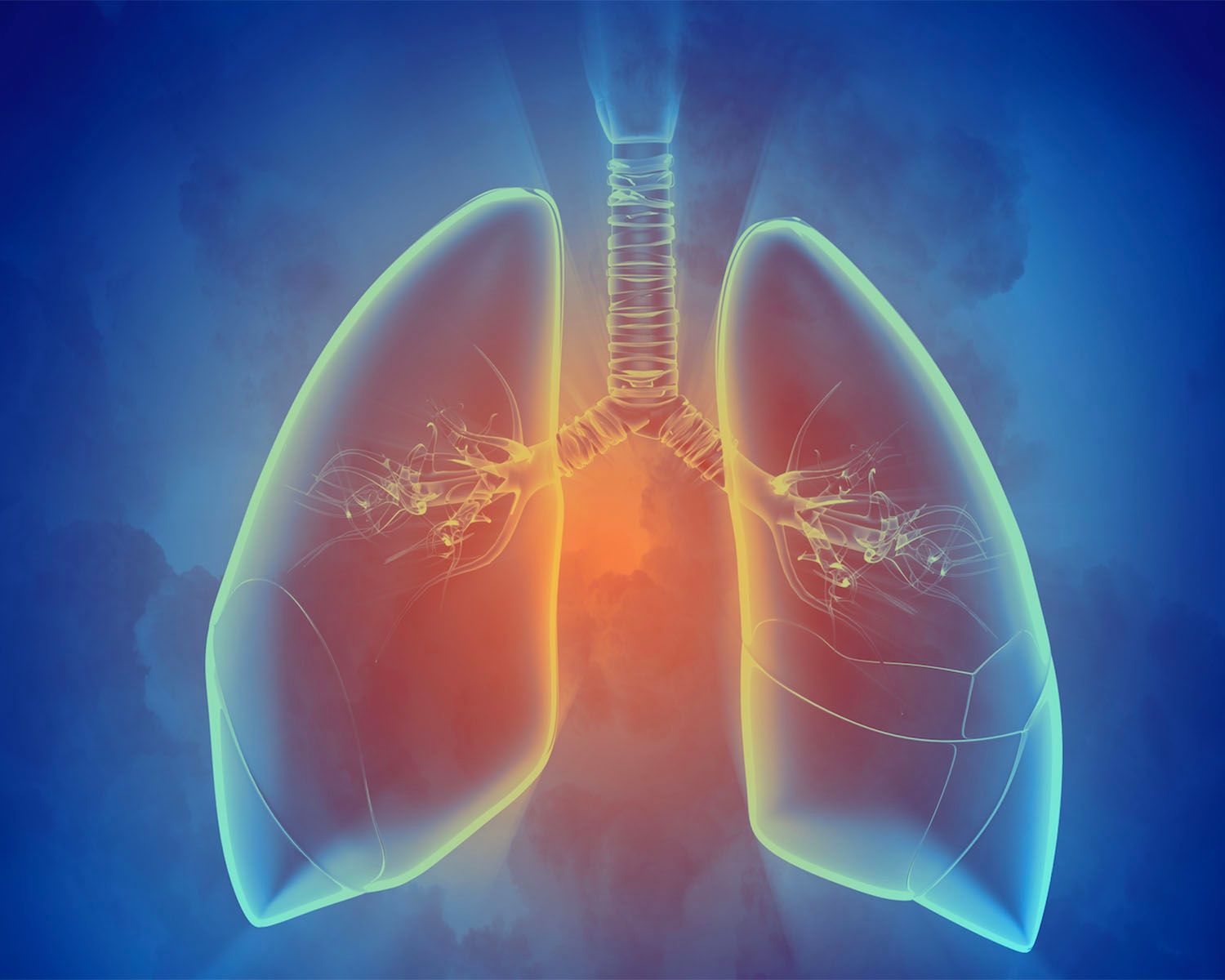Amivantamab Plus Lazertinib and Chemo Elicits Encouraging ORR in Pretreated EGFR-Mutant NSCLC
Amivantamab in combination with lazertinib and chemotherapy combination demonstrated encouraging responses in EGFR-mutant non–small cell lung cancer.

The combination of amivantamab-vmjw (Rybrevant), lazertinib (Leclaza), and carboplatin and pemetrexed (Alimta) revealed encouraging responses in patients with EGFR-mutant non–small cell lung cancer (NSCLC) who were pretreated, according to findings from the phase 1 CHRYSALIS-2 trial (NCT04077463).
In data presented at the 2022 IASLC World Conference on Lung Cancer, investigators noted that patients derived benefit from treatment irrespective of brain metastasis.
Among all patients (N = 20), the objective response rate (ORR) was 50% (95% CI, 27%-73%) with a clinical benefit rate (CBR) of 80% (95% CI, 56%-94%). In patients with baseline brain metastases (n = 10), the ORR was 50% (95% CI, 19%-81%) and the CBR was 80% (95% CI, 44%-98%).
Amivantamab is an EGFR-MET bispecific antibody with immune cell-directing activity. Lazertinib is a highly selective, brain-penetrant, third-generation EGFR TKI with efficacy in activating EGFR mutations, T790M, and central nervous system disease. The study authors explained in the presentation that combining platinum-based chemotherapy with targeted inhibition of EGFR-MET signaling may lead to improved outcomes.
Patients received 240 mg of lazertinib once daily, plus 1400 mg or 1750 mg of amivantamab on days 1, 2, 8, and 15 of cycle 1; day 1 of cycle 2, and 1750 mg or 2100 mg in cycle 3, followed by every 3-week dosing intervals thereafter. Patients also received 500 mg/m2 of pemetrexed and carboplatin at an area under the curve of 5, which was stopped after 4 cycles. The dosing for amivantamab was dependent on weight of less than 80 kg or 80 kg and above.
The primary end point was safety. Other end points included ORR, duration of response (DOR), CBR, progression-free survival (PFS), and overall survival (OS).
Eligible patients included those with EGFR-mutated NSCLC who had received up to 3 prior lines of therapy with a TKI. The median patient age was 61 years (range, 38-83). Most patients were female (n = 11; 55%), Asian (n = 11; 55%), and had an ECOG performance status of 1 (n = 16; 80%). Thirteen (65%) patients had an an exon 19 deletion as opposed to an L858R mutation. Half of patients had brain metastases at baseline.
The median number of prior lines of therapy was 2 (range, 1-3). Prior therapy consisted of a first- or second-generation TKI (n = 9; 45%), osimertinib (Tagrisso; n = 14; 70%), and platinum-based chemotherapy (n = 5; 25%).
At a median follow-up of 7.1 months (range, 2.4-10.4), the median number of treatment cycles was 10 (range, 2-15). The median number of cycles of carboplatin and pemetrexed were 4 and 7.5, respectively.
Additional findings attested to the durability of the regimen, with a median DOR, PFS, and OS that were not estimable. Notably, 15 of 20 patients remain on treatment, including all 10 responders.
“Individual AEs were mostly low grade, and EGFR- and MET-related AEs [adverse effects] were consistent with previously reported data on amivantamab and lazertinib,” the study authors wrote.
EGFR-specific treatment-emergent AEs (TEAEs) included rash (any grade, 75%; grade ≥3, 5%), stomatitis (any grade, 60%; grade ≥3, 0%), paronychia (any grade, 50%; grade ≥3, 0%), dermatitis acneiform (any grade, 35%; grade ≥3, 10%), and diarrhea (any grade, 25%; grade ≥3, 5%). MET-specific TEAEs included hypoalbuminemia (any grade, 15%; grade ≥3, 5%).
Other reported TEAEs included neutropenia (any grade, 85%; grade ≥3, 70%), infusion related reaction (any grade, 60%; grade ≥3, 0%), fatigue (any grade, 50%; grade ≥3, 25%), nausea (any grade, 40%; grade ≥3, 0%), thrombocytopenia (any grade, 40%; grade ≥3, 25%), constipation (any grade, 35%; grade ≥3, 0%), decreased appetite (any grade, 35%; grade ≥3, 5%), anemia (any grade, 25%; grade ≥3, 5%), epistaxis (any grade, 25%; grade ≥3, 0%), hemorrhoids (any grade, 25%; grade ≥3, 0%), leukopenia (any grade, 25%; grade ≥3, 15%), dyspepsia (any grade, 20%; grade ≥3, 0%), insomnia (any grade, 20%; grade ≥3, 0%), pulmonary embolism (any grade, 20%; grade ≥3, 5%), vomiting (any grade, 20%; grade ≥3, 0%), weight decrease (any grade, 20%; grade ≥3, 0%), back pain (any grade, 15%; grade ≥3, 0%), COVID-19 (any grade, 15%; grade ≥3, 0%), dizziness (any grade, 15%; grade ≥3, 0%), hypomagnesemia (any grade, 15%; grade ≥3, 0%), hyponatremia (any grade, 15%; grade ≥3, 5%), paresthesia (any grade, 15%; grade ≥3, 0%), and peripheral edema (any grade, 15%; grade ≥3, 0%).
There were no cases of pneumonitis or interstitial lung disease. However, there was 1 fatality that was not attributed to any of the study drugs.
Investigators will further evaluate the quadruplet for patients with NSCLC in the ongoing phase 3 MARIPOSA study (NCT04988295) in patients who have received prior osimertinib. The combination of amivantamab and chemotherapy is being evaluated in NSCLC in the ongoing phase 3 PAPILLON study (NCT04538664) in patients with EGFR exon 20 insertions.